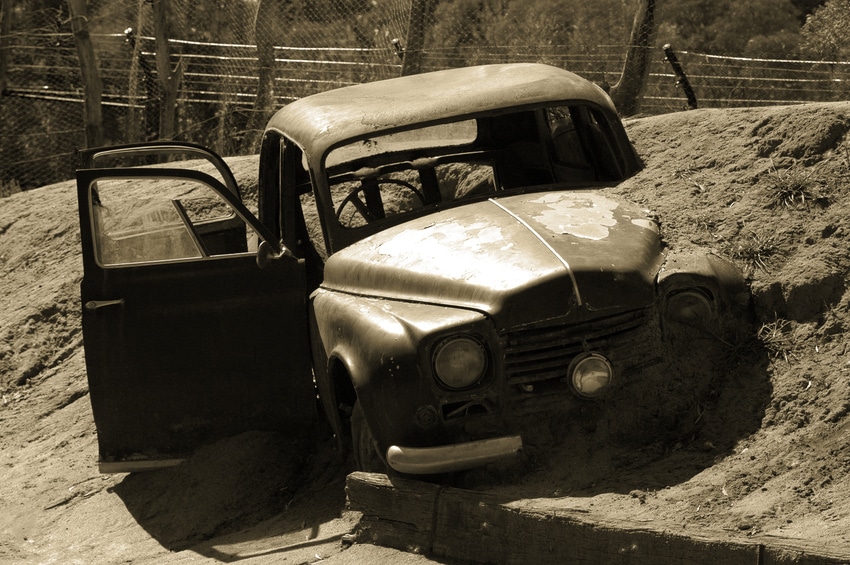Landslide or Mudslide, What’s The Difference?
When torrential rains follow a drought, the conditions are ripe for dangerous mudslides. Learn more!

When the state of California endured the most devastating drought conditions, the arid landscape was parched. Lakes and reservoirs dried up, groundwater sources were depleted and a state of emergency was enacted. Finally, the state got the rains they so desperately needed. But while rain is obviously a good thing, heavy rains after drought conditions pose new challenges.
What Causes Mudslides?
When torrential rains follow a drought, the conditions are ripe for dangerous mudslides. The dry, crumbling soil, which becomes almost like powder after extreme drought, is no match for fast and heavy rains, and is unable to absorb it. And most of the vegetation has been killed off, so there is nothing to hold the soil in place. The ground finally becomes so saturated, gravity takes over and the mudslide comes down the slope, hill or mountain.
Mudslides can move as rapidly as 35 mph and destroy anything in their path. Once they are on the move, mudslides can carry away homes, cars, huge boulders and even uproot trees, down power lines, and destroy gas lines.
Mudslides, also called mudflows, debris flows, and debris avalanches, are destructive and are the cause of some of the worst disasters in history. Every year, landslides and mudslides in the U.S. cause roughly $3.5 billion in damage and kill between 25 and 50 people.
Mudslide or Landslide – What’s The Difference?
We tend to use the terms “landslide” and “mudslide” interchangeably, however, think of landslides as geologic events that are triggered by earthquakes, volcanic activity, changes in groundwater, or any disturbance or change of slope. Mudslides are more commonly associated with weather—adding large amounts of rainfall to a landscape that cannot handle it.
Mudslides occur in areas where wildfires or construction have destroyed vegetation, making the land vulnerable, especially along steep slopes and canyons, a characteristic of much of the California landscape.
Mudslide Safety
When forces of nature are great, what can you do to protect yourself?
- Know your landscape! Assume that steep slopes and areas burned by wildfires are vulnerable to mudslides.
- Contact local authorities to learn whether landslides or mudslides have occurred previously in your area.
- Contact local authorities about emergency and evacuation plans.
- Develop emergency and evacuation plans for your family.
- If mudslide or landslide danger is imminent, quickly move away from the path of the slide. Move to the nearest high ground in a direction away from the path of the mudslide. If rocks and debris are approaching, run for the nearest shelter and take cover (if possible, under a desk, table, or another piece of sturdy furniture). But remember, you can’t outrun a mudslide!
To learn more about landslides and mudslides in the US, access this fact sheet which also provides recommendations on how to prepare and behave during and after a landslide.
This article was published by the staff at Farmers' Almanac. Do you have a question or an idea for an article? Contact us!






